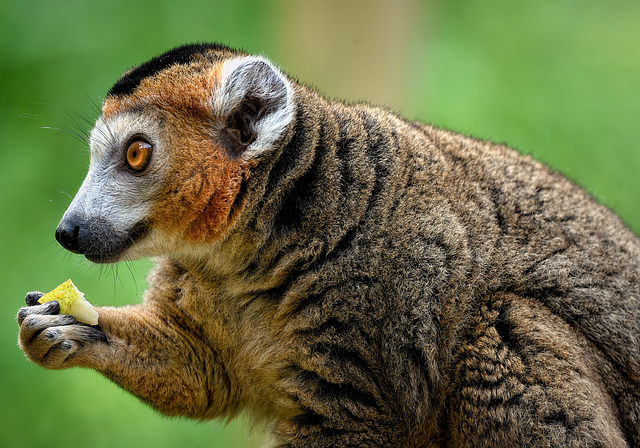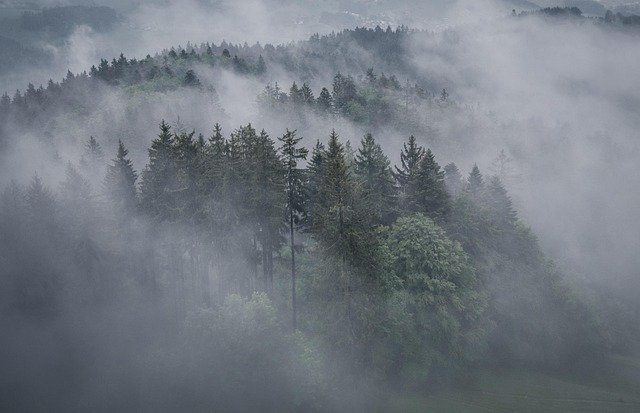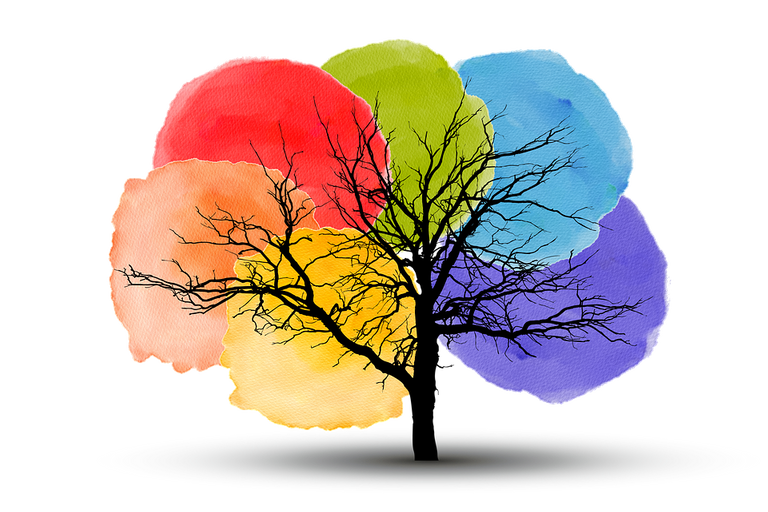**Topic: "The Evolution of Storytelling in Video Games

The Secret Lives of Urban Wildlife: Adapting
Urban environments are bustling with human activity, but they also serve as hidden habitats for a diverse array of wildlife. From raccoons rummaging through trash cans to hawks nesting on skyscrapers, urban wildlife has developed remarkable adaptations to thrive in these concrete jungles. In this post, we’ll explore the fascinating ways in which animals have adjusted to urban life and the importance of coexistence.
The Urban Ecosystem
Urban areas, often characterized by their dense populations and extensive infrastructure, may seem inhospitable to wildlife. However, they provide unique opportunities for certain species. The availability of food, shelter, and water can attract a variety of animals, including:
- Birds: Species like pigeons, sparrows, and even peregrine falcons have adapted to city life, utilizing buildings as nesting sites and foraging in parks and gardens.
- Mammals: Raccoons, foxes, and coyotes have become adept at navigating urban landscapes, often scavenging for food in human refuse.
- Reptiles and Amphibians: Some lizards and frogs have found niches in urban gardens and parks, taking advantage of the microhabitats created by human landscaping.
Adaptations to Urban Life
Urban wildlife has developed several strategies to cope with the challenges of city living:
1. Behavioral Adaptations
Many animals have altered their behaviors to avoid human interactions. Nocturnal species, like raccoons and skunks, often become more active at night when the streets are quieter. Others may learn to exploit human activities, such as scavenging during garbage collection times.
2. Dietary Flexibility
Urban wildlife often exhibits opportunistic feeding habits. For example, raccoons have a varied diet that includes fruits, insects, and human food scraps. This adaptability allows them to thrive in environments where traditional food sources may be scarce.
3. Nesting Innovations
With fewer natural nesting sites available, many birds and mammals have adapted by utilizing human-made structures. Pigeons nest on ledges, while some species of owls take advantage of old buildings and bridges for roosting.
4. Social Structures
In urban settings, animals may form larger social groups to increase their chances of survival. For instance, coyotes may band together to hunt and defend their territory, while pigeons often flock in large numbers for safety.
The Importance of Coexistence
Understanding and appreciating urban wildlife is crucial for fostering a harmonious relationship between humans and animals. Here are a few ways to promote coexistence:
- Create Wildlife-Friendly Spaces: Incorporate native plants in gardens and parks to provide food and shelter for local wildlife.
- Educate the Community: Raise awareness about the benefits of urban wildlife and the role they play in the ecosystem.
- Minimize Conflicts: Secure trash bins, avoid feeding wildlife, and use humane methods to deter animals from entering homes or businesses.
Conclusion
The secret lives of urban wildlife reveal a world of adaptability and resilience. As cities continue to grow, it’s essential to recognize the importance of these creatures and find ways to coexist with them. By understanding their behaviors and needs, we can create urban environments that support both human and wildlife populations, ensuring a balanced ecosystem for generations to come.
Feel free to share your experiences with urban wildlife in the comments below! What animals have you spotted in your city? 🦝🦉🌳

All images are taken from the Pixabay.com